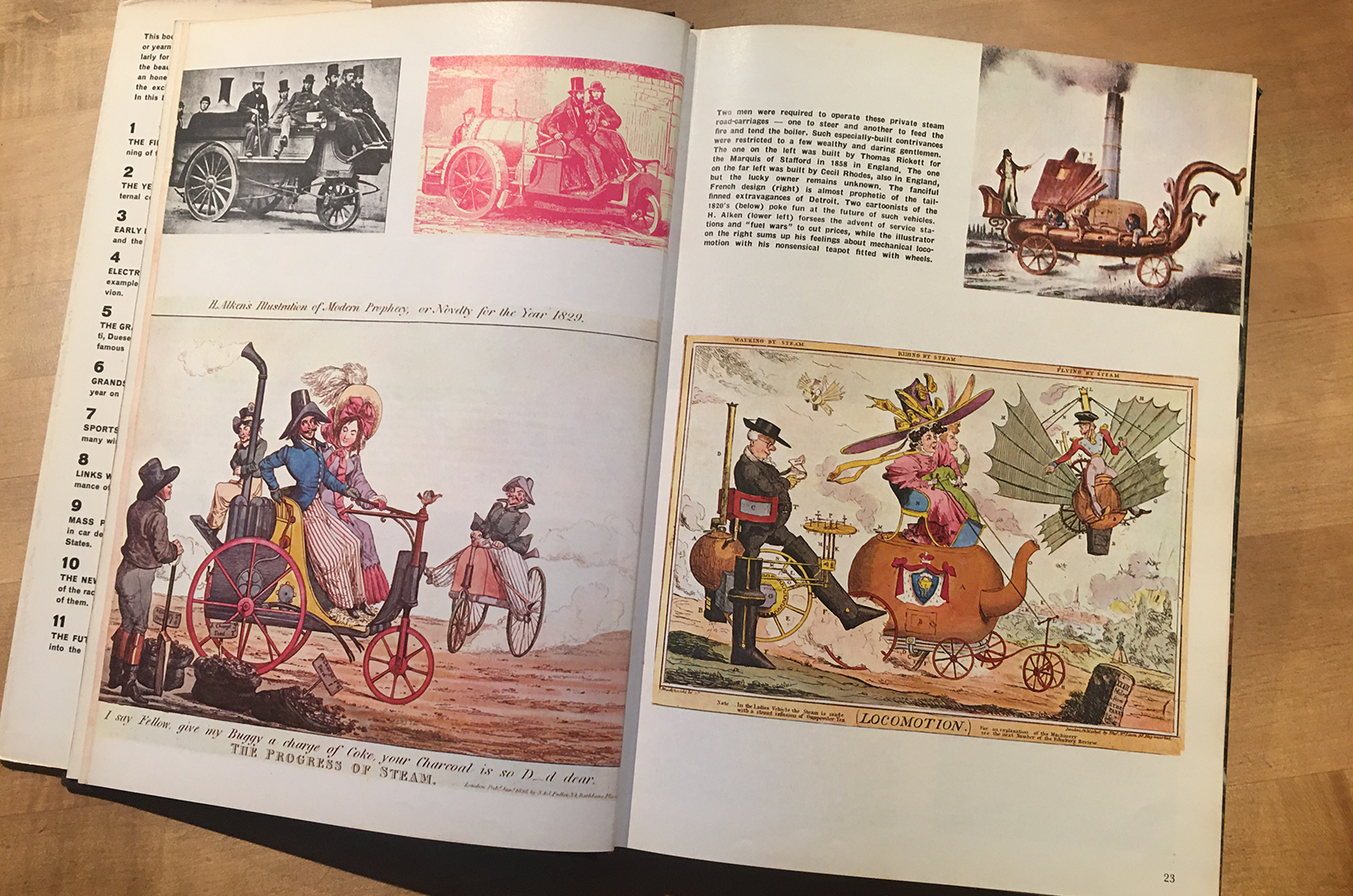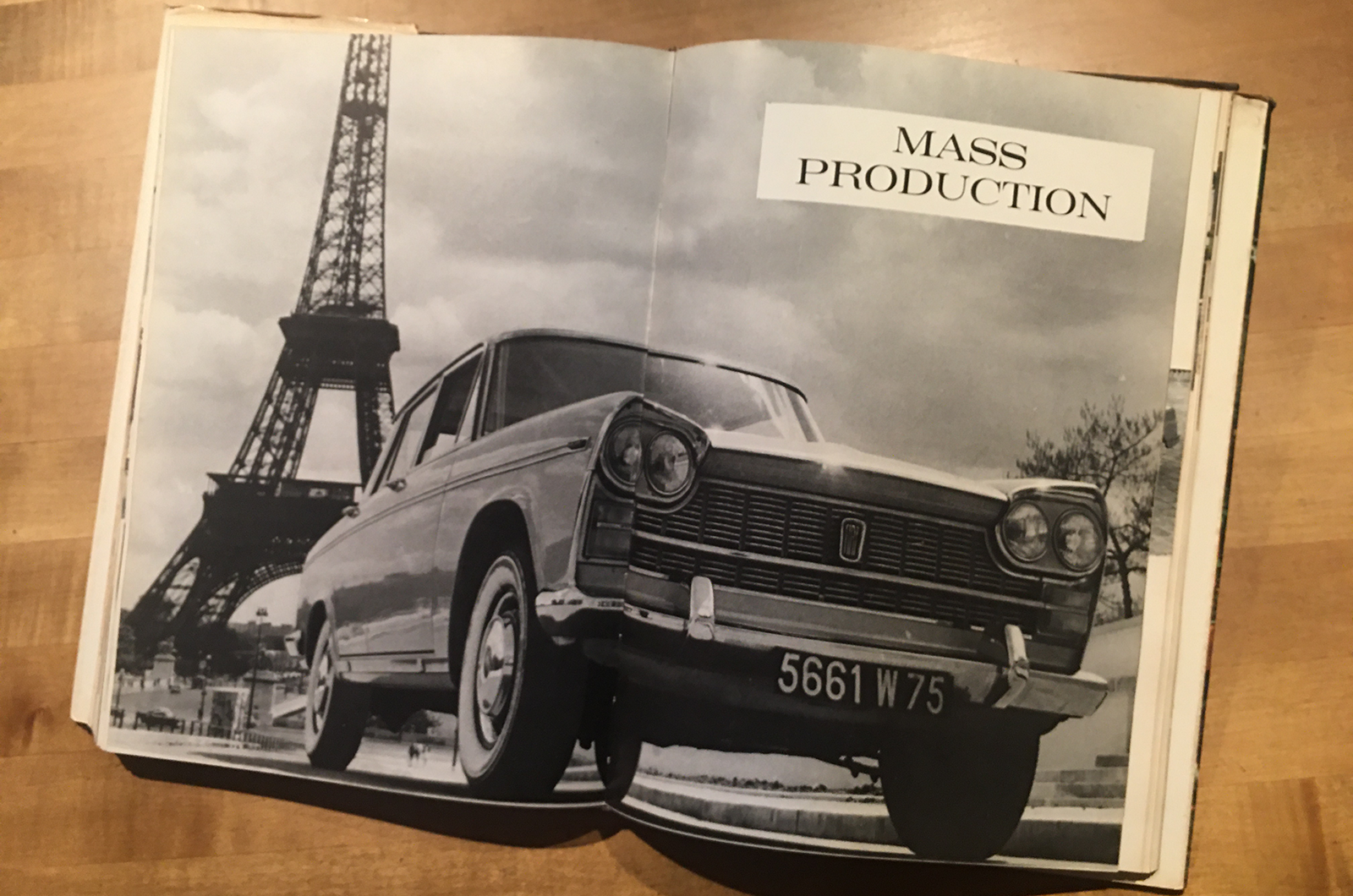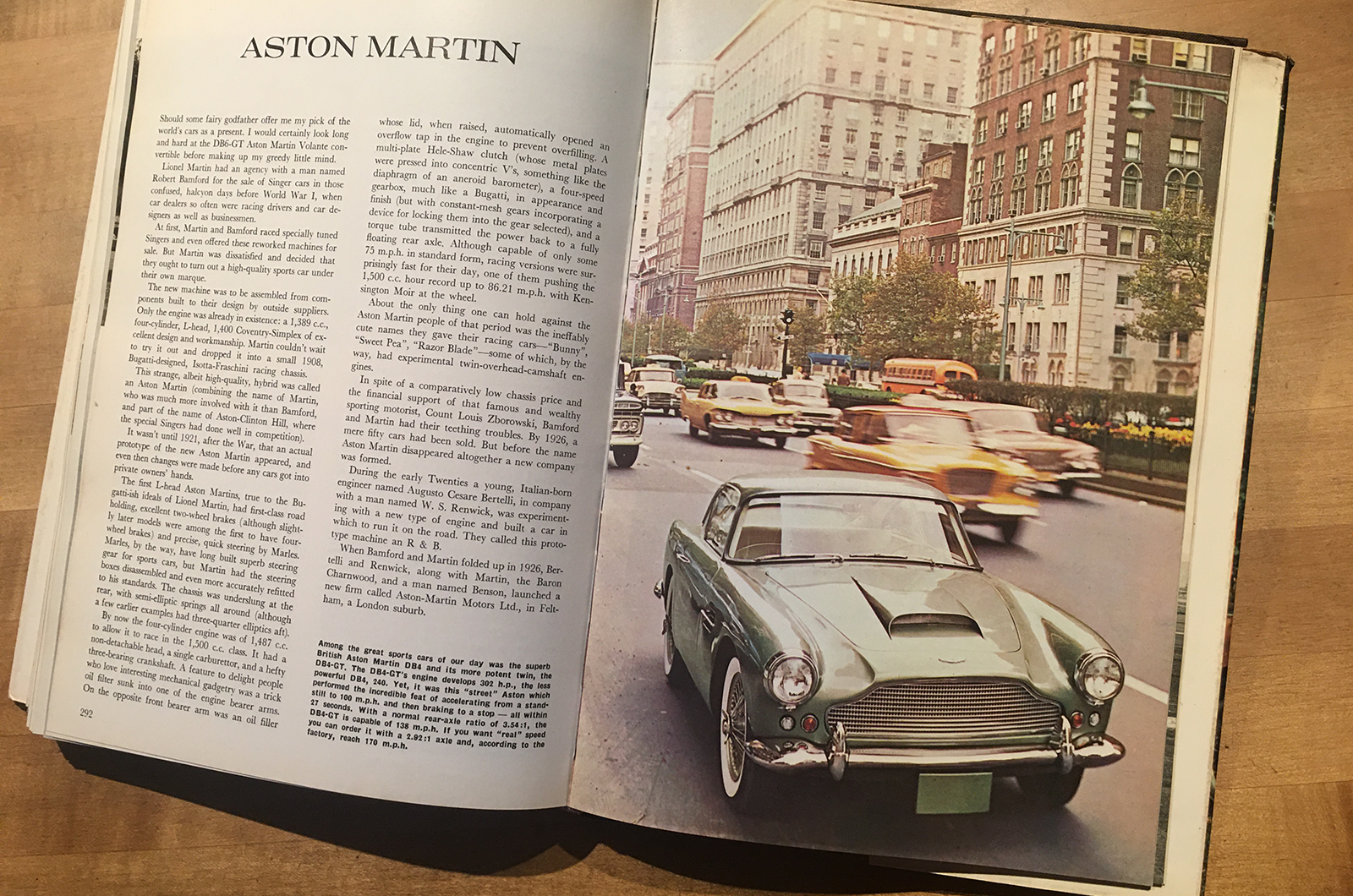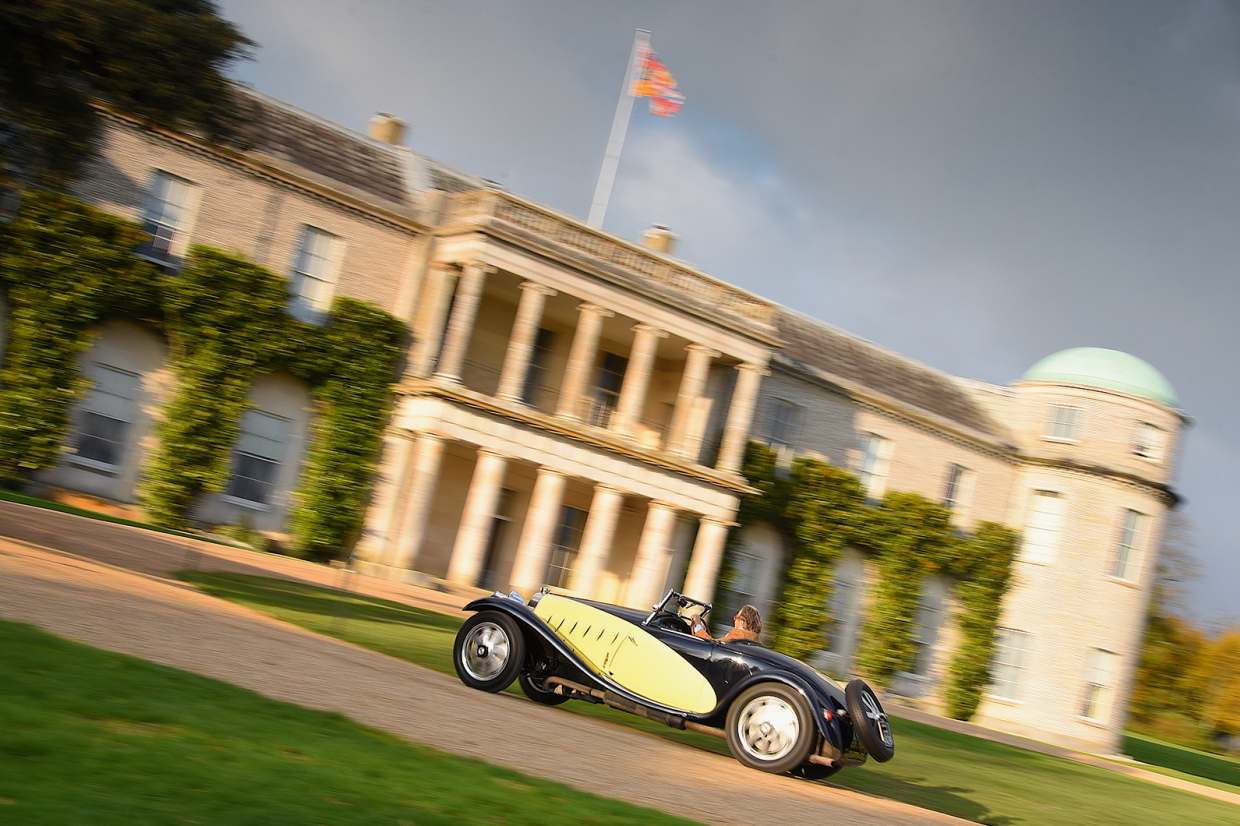
Christmas has just come early for me. A couple of weeks ago the Steering Committee, my ever-loving spouse, gave me a copy of a wonderful car book she had just found on Amazon, and instead of keeping it to solve the usual Yuletide problem, she handed it over straight away.
It’s called The Automobile Book, written by the late American author Ralph Stein, and published by Paul Hamlyn from 1962.
She had read about it because the Duke of Richmond, of Goodwood fame (pictured above driving a Bugatti Type 55), had cited it in an article as the book that most influenced him as a young enthusiast. I now see how and why, in spades.
Incredibly, this book not only tackles the ridiculously difficult job of summarising where cars were ‘up to’ in their century (yes, century) of gestation to 1962, it also articulates brilliantly why people like us love them so much.
You can still find decent Amazon copies for £20, but my wife paid more for mine because it’s in superb nick, with a faultless dust jacket, and she cares about things like that.
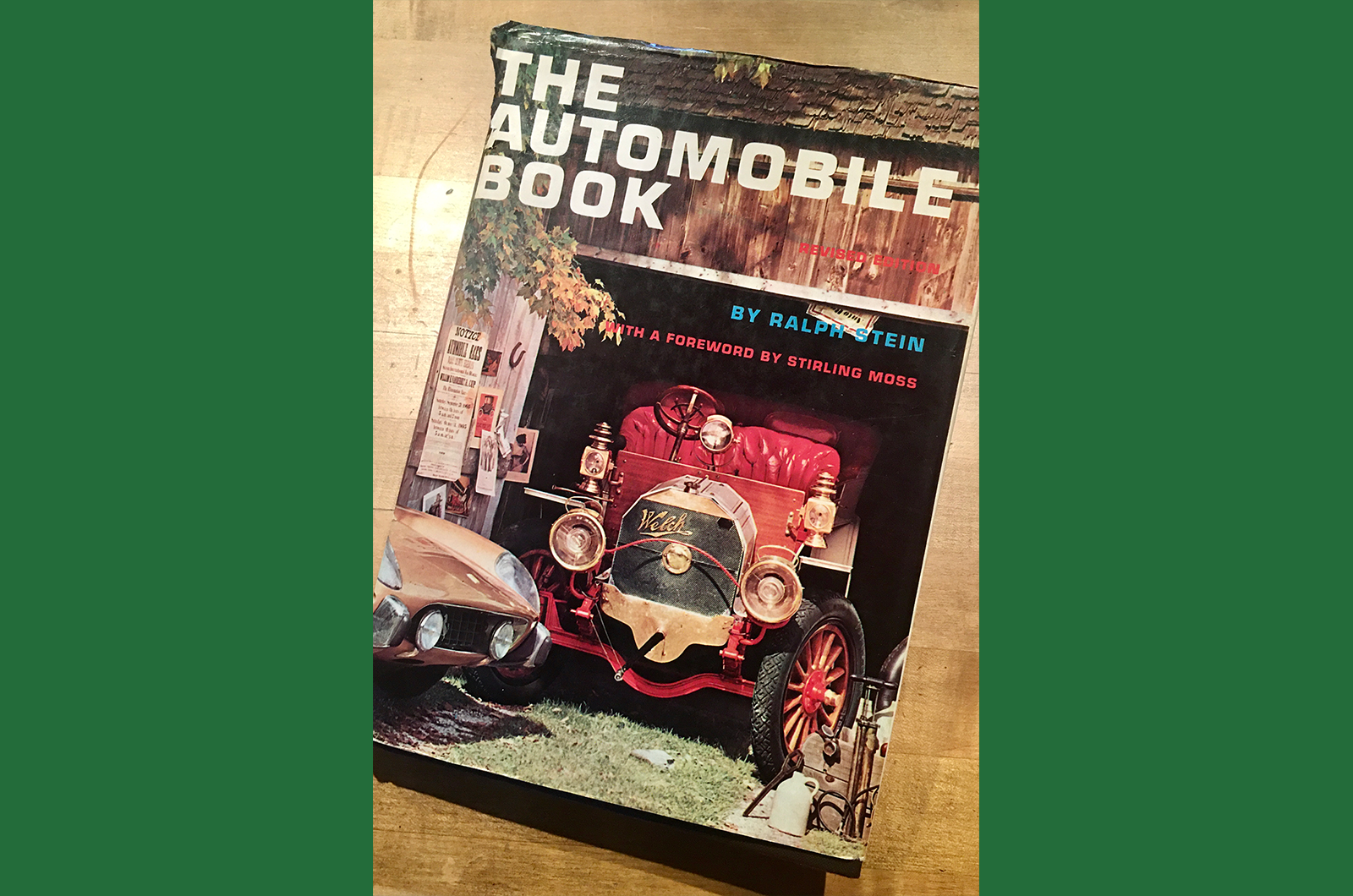
Stein’s first 29 words of preface instantly show the alacrity and joy with which he tackles his enormous task: ‘This is a book for people who like the motor car,’ he writes, ‘any kind of motor car. New cars, old cars, sports cars, steam cars, good cars, even bad cars.’ My new ‘second revised’ copy is a hardcover tome running to 318 pages, enclosing at least 1000 expertly chosen and captioned photographs and illustrations. By a mile, it is the most uplifting car book I have ever read.

